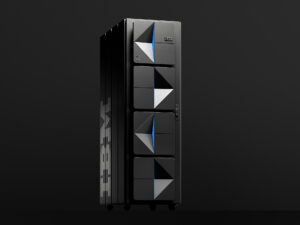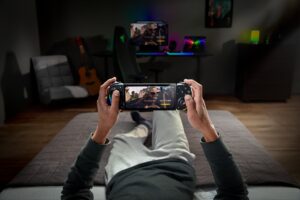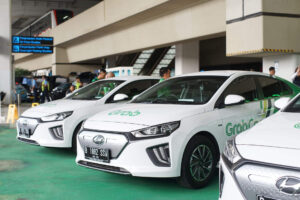If you are looking for a drone for shooting videos for your social media content but find drones such as the DJI Neo lacking in camera functions or having short flying times, the new DJI Flip is the drone to consider.
Like the DJI Neo, the Flip is designed for content creators to quickly capture essential footage for their video stories so they can quickly edit the video while on the road.
The DJI Flip’s design is unlike any other drone. Four round propeller guards are folded below the drone’s main body and unfurled by flipping the arms outwards, giving the drone a unique and futuristic-looking silhouette.
The Flip’s physical size is much larger than the Neo’s, giving it more stability in windy conditions. When flying horizontally, it achieves a speed of 12m/s or 43.2 km/h.
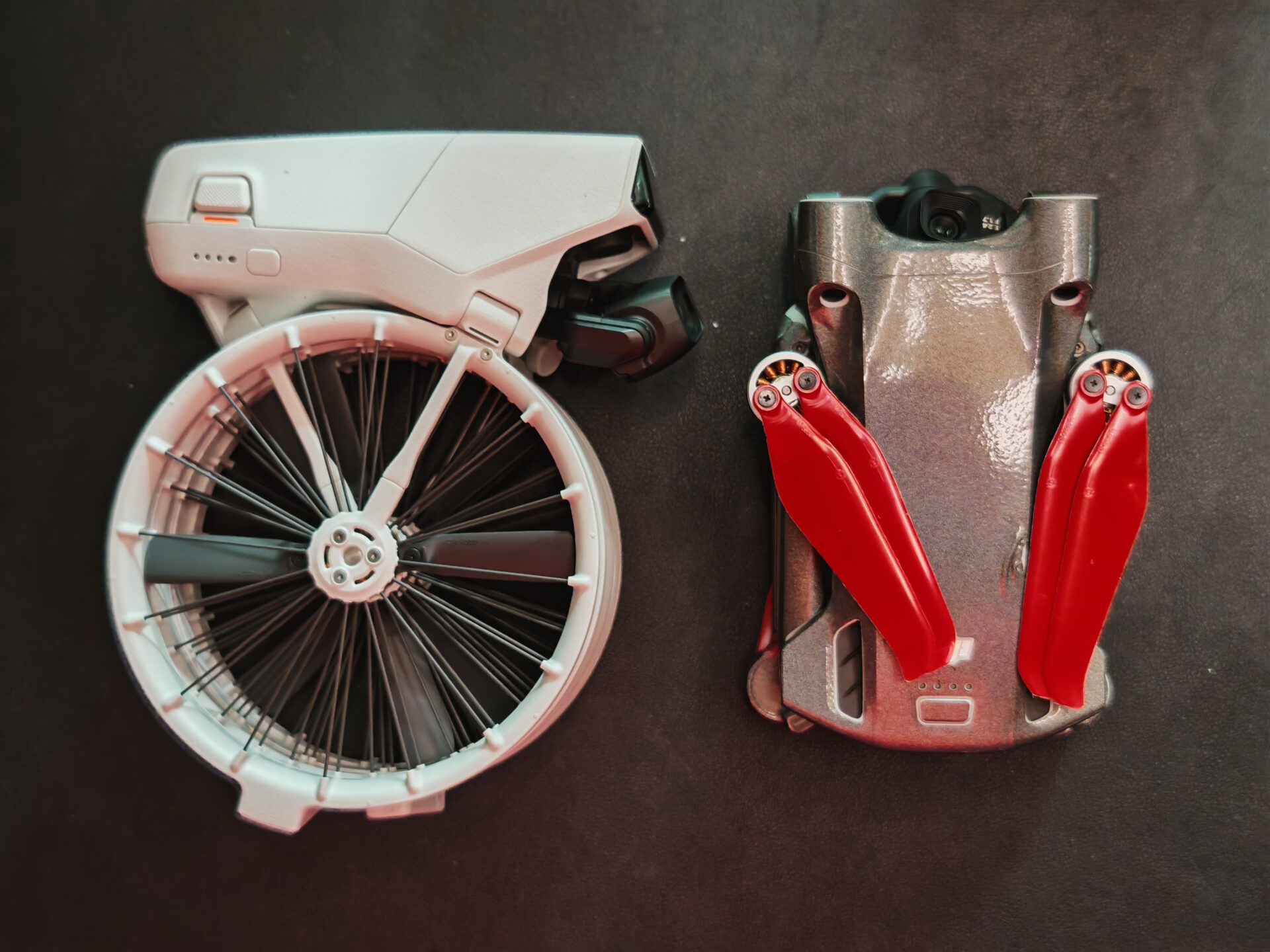
For the compactness, you trade off some features. The new drone has only one front-facing 3D infrared sensing system with no obstacle collision avoidance cameras, apart from the two normal and infrared downward-looking sensors used for landing.
The DJI Flip can follow a subject fairly well, but the lack of obstacle avoidance sensors will limit where the drone can fly to avoid crashing into other people, vehicles, and fixed structures.
This is the reason why you find propeller guards incorporated into the drone’s body. This way, it can be used safely in tight environments or when there are people milling about when you fly.
The bad news is that the guards make the drone bigger than the DJI Mini 3 Pro when folded, though the good news is that the longer wingspan creates a more stable shooting platform for shoots and flies better in stronger winds.
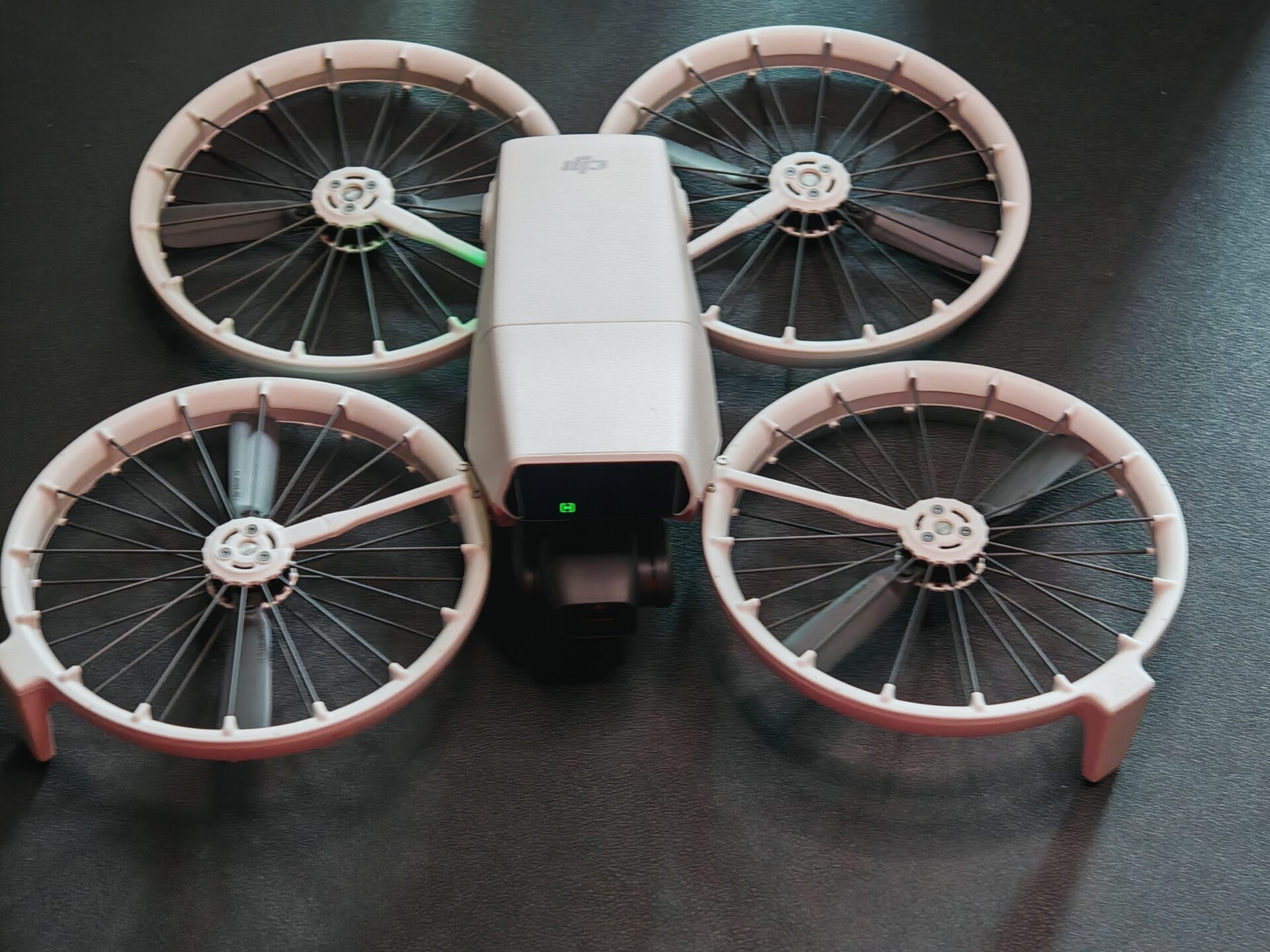
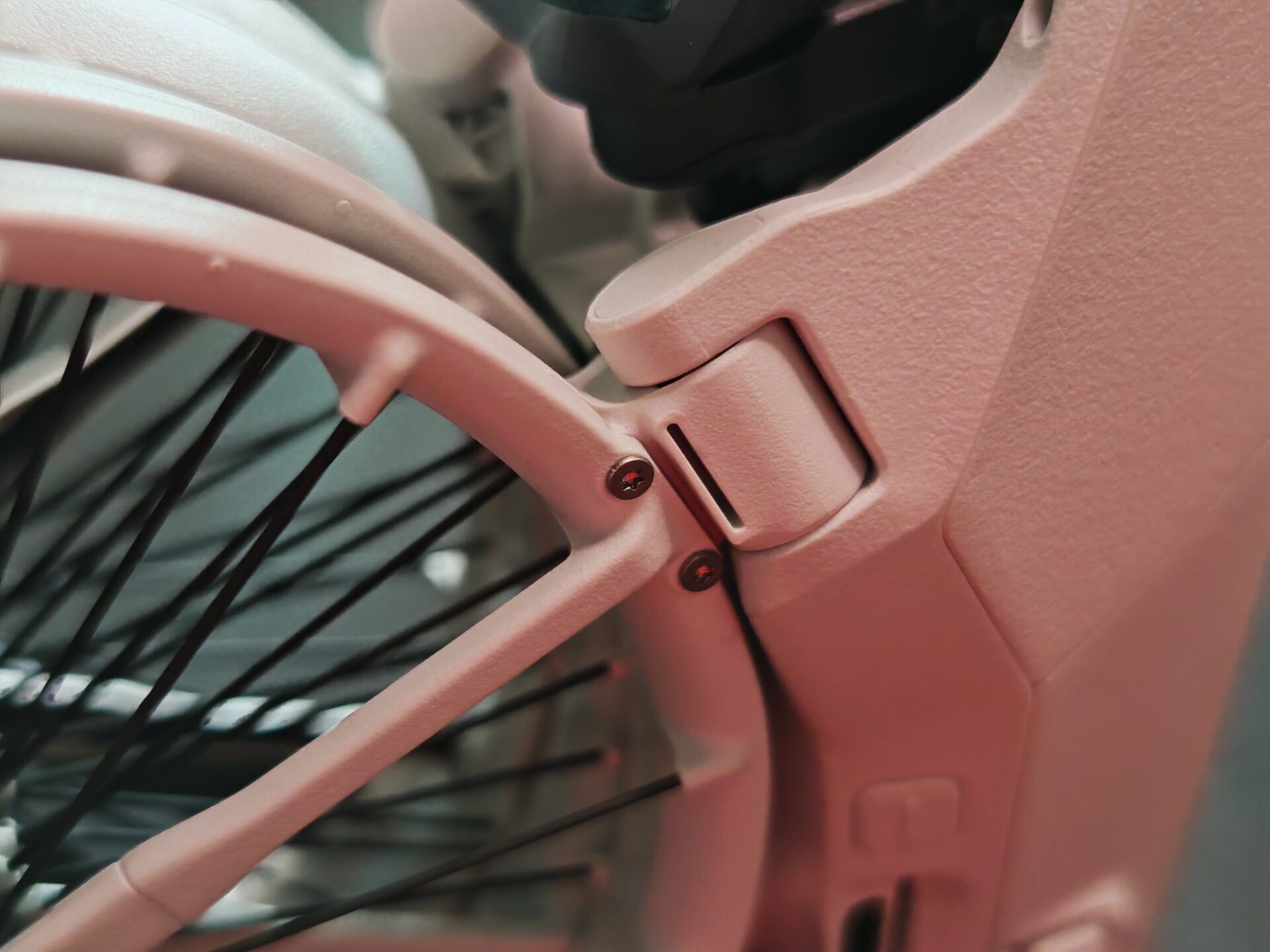
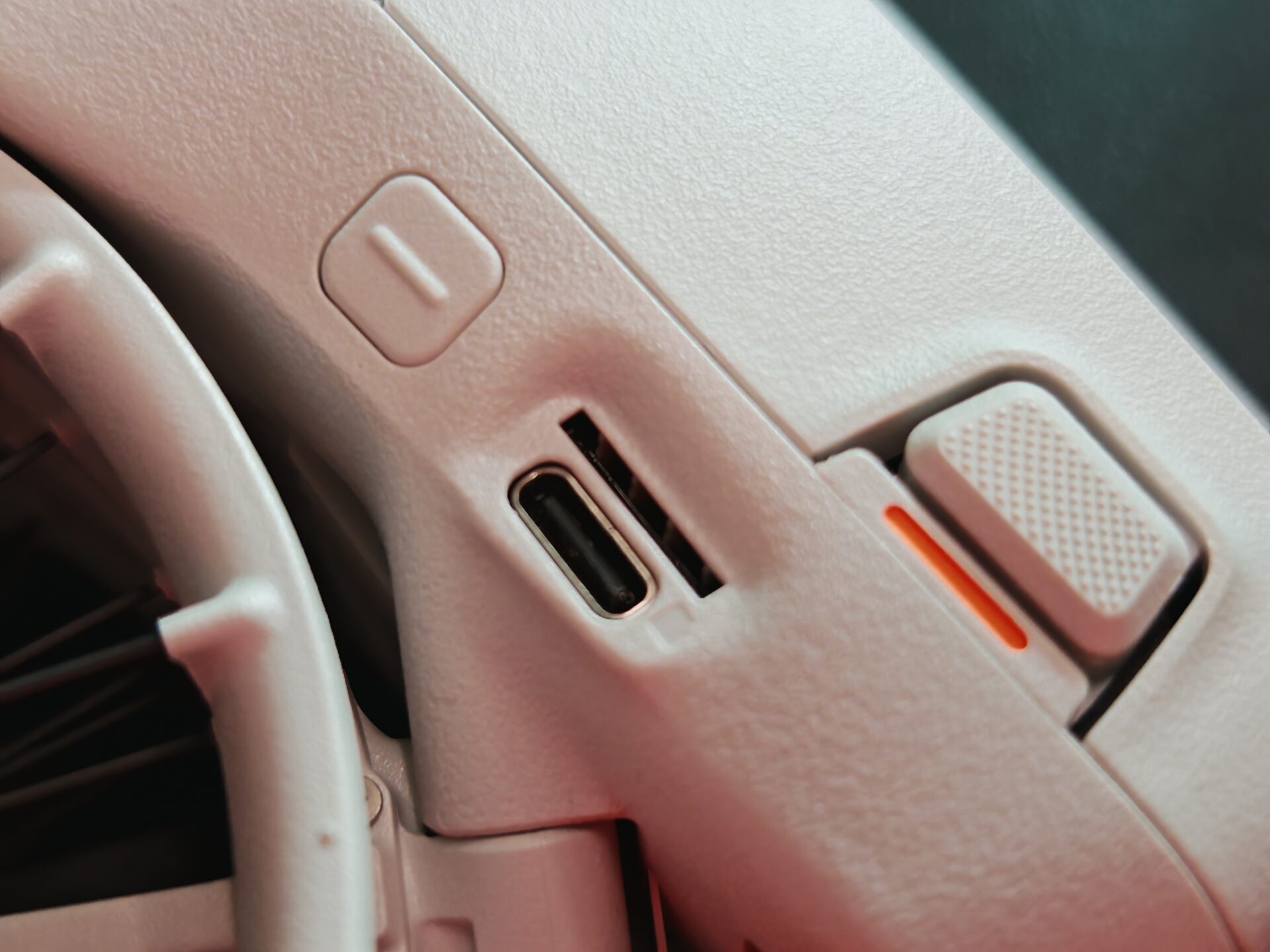
To use the drone without a special controller, press the power button, cycle through the various modes, and choose one you like. These are especially handy for beginners.
The simple Follow mode tells the drone to follow behind you. Dronie makes the drone fly away and climb in the air to reveal the surroundings slowly, making for a nice sweeping shot of landscapes.
Circle mode controls the drone to fly around you as the subject, while Rocket has the drone fly up into the air and above you for a dramatic take. Meanwhile, Spotlight keeps a subject in the centre of the frame and Direction holds the drone in front of the user.
The drone will launch after you press and hold the power button down to start the video recording. Once the drone has finished the video sequence, just put your hand below it, and it will land automatically.
With these modes easily accessible, you can capture some key shots quickly to tell a story. And without needing a separate remote controller, these modes make the drone convenient and easy to bring around for your next trip.
Of course, if you want more control, you can also manipulate the drone through the DJI Fly app via voice command or on-screen control buttons and levers. Better yet, buy the DJI Flip with a proper remote controller to increase the drone’s flying distance by up to 13 km, which should be enough to capture landscapes in the air.
The Flip’s battery can last up to 31 minutes in the air, so long as it flies in perfect weather conditions. It’s good that the battery hub can charge two batteries simultaneously to let you get back in action quickly. Just remember to bring your own 65W GaN charger or power bank with you if you want to fast-charge the batteries.
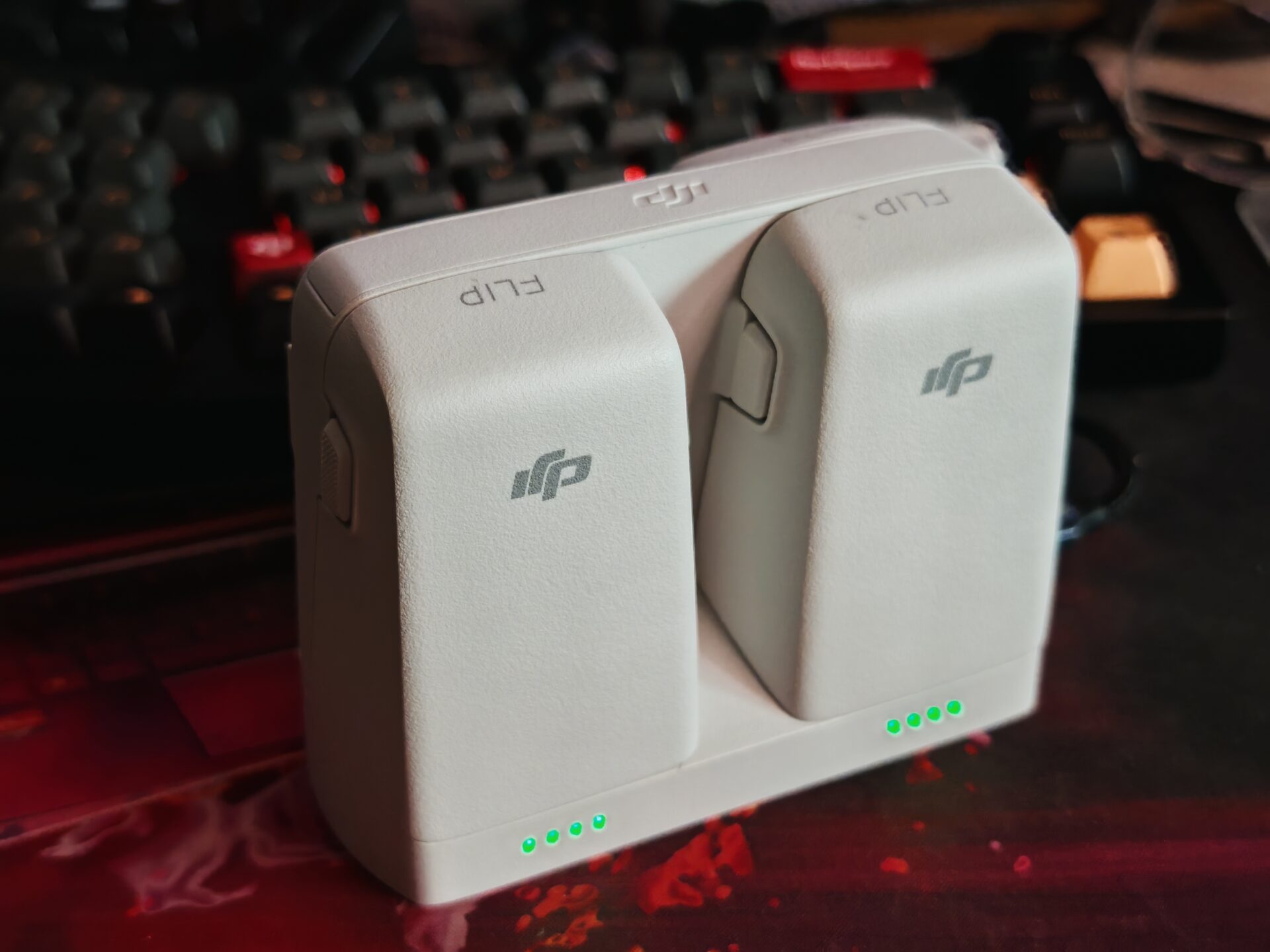
For serious pilots, the best and most accurate way to control a drone is still with the DJI RC-N3 controller’s physical buttons and control sticks, which allow you to position the drone perfectly and maintain its course during the flight.
How do the videos fare? Despite being a small drone, its camera is no slouch. It uses a 48-megapixel 1/1.3-inch CMOS sensor that is much bigger than the DJI Neo’s 12-megapixel 1/2-inch sensor. Plus, it has a proper gimbal system that gives a much smoother video capture than the DJI Neo launched last year.
Avid shutterbugs will also find the DJI Flip a better drone for photography since it is quite close to the more advanced Mini 4 Pro in terms of shooting modes such as time-lapse and panorama.
The new drone saves image files in both JPEG and DNG RAW. It can also record videos at 4K/60fps or 4K/100fps for slow-motion shots in MP4 and D-Log M RAW video files. In other words, maximum flexibility in editing.

The best way to use the DJI Flip is to do a selfie vlog with the drone flying just in front. With its clever noise reduction algorithm, the DJI Fly App is able to remove the drone’s high pitch propeller noise from the audio recording automatically. The clip can be uploaded quickly with very little post-editing.
The new drone isn’t perfect, to be sure. For a drone that is designed for social media content creators, not having a camera that can shoot in vertical orientation is a disappointment. Any video clips shot with the DJI Flip for reels on Instagram and TikTok will suffer a loss in resolution when cropped in.
Plus, the camera cannot shoot a proper 360-degree sphere as the sensor housing hangs above it, blocking the view. You will see a patch of the sky being replaced with AI rendered imagery.
Not having navigation lights also counts against the DJI Flip. Without these lights, flying in low-light conditions means you cannot really see the drone if it takes to the skies and it is dangerous too given that there are no obstacle sensors on the drone.
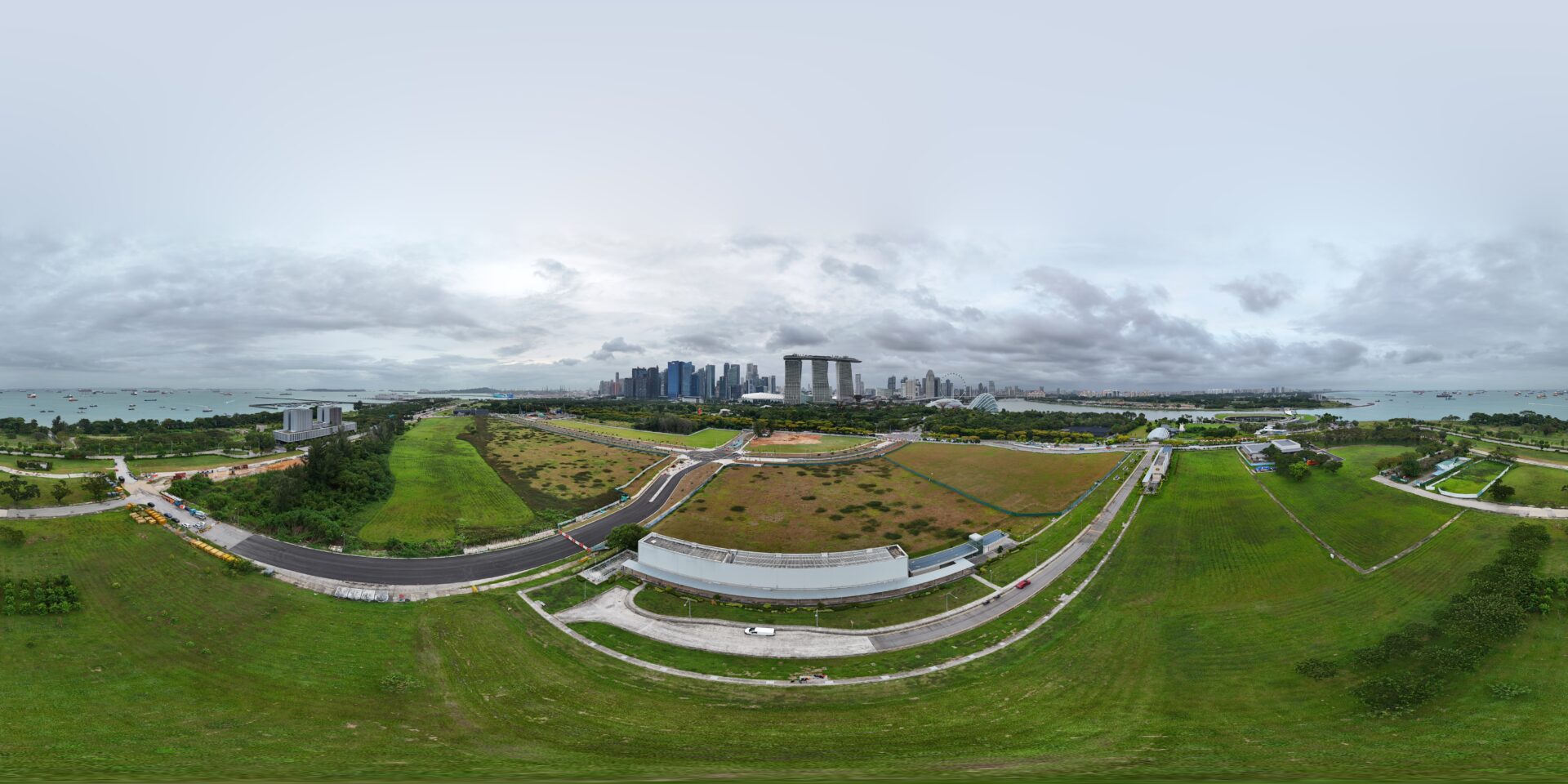
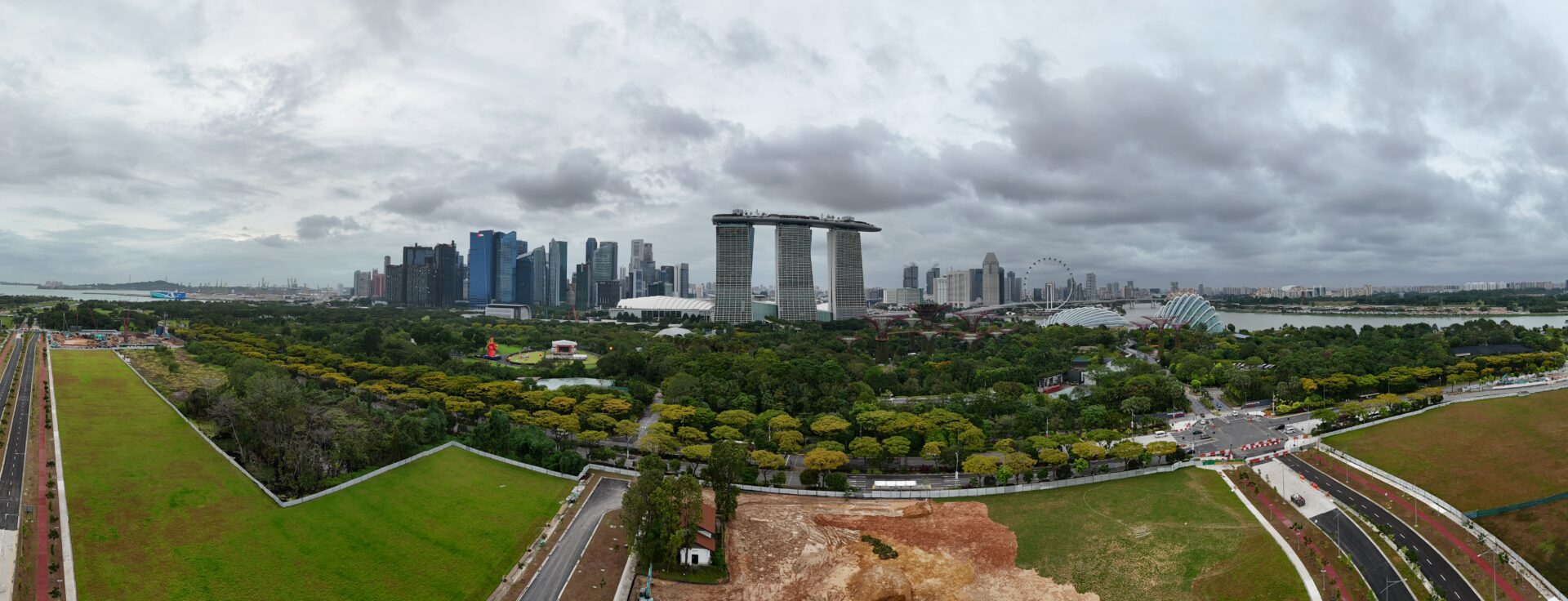
To sum up, the DJI Flip drone is as compact as the entry-level Neo and has functions and features similar to the Mini 4 Pro. It only weighs 249g, and users do not need to register the drone in Singapore.
That said, the Mini 4 Pro is still the best drone for travel if you are not into selfie vlogging. It has better subject tracking and obstacle avoidance, a longer flight time with a larger battery (45 minutes), and better communication with the controller (20km).
It can also use DJI’s Goggles kit to attempt a first-person view flight for a more immersive experience, which the DJI Flip does not have, at least at the moment. Plus, the Mini 4 Pro packs smaller than the DJI Flip when luggage space is at a premium when travelling and can fly in low-light situations. The Mini 4 Pro is much more versatile.
Where does that leave the new DJI Flip? It’s somewhere in the middle of the two earlier drones. Available at S$519 with the RC-N3 controller, it is a much better buy than the Neo, which costs S$439 with the same controller.
Do note that you will have to use your smartphone together with the controller to fly the drone. If you are are ready to spend more to get the DJI Flip Fly More Combo at S$929, it might be worth considering saving up for the Mini 4 Pro’s Fly More Combo at S$1,549 instead.


